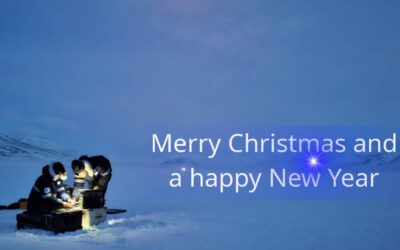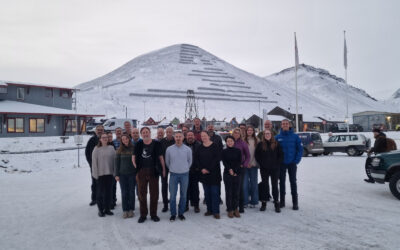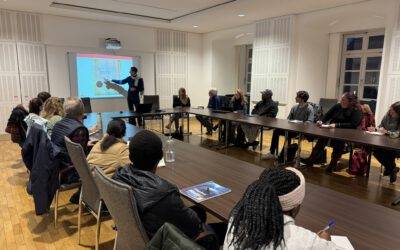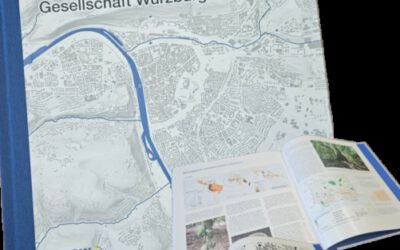 Our successfully funded new project will start in August called EO-MOVE “multiscale and -sensor environmental analysis for the analysis of spatio-temporal movement patterns and their relevance for remote sensing“. This project is exploring the importance of active and passive Sentinel data for explaining goose movement patterns. Sentinel 1 and Sentinel 2 will be used to understand and explain the movement patterns and deduce habitat requirements of these animals. The approaches should of course be transferable to other species and various remote sensing specific sensitivity tests will be performed. Benjamin Leutner will work on this project in close collaboration with the Max-Planck Institute for Ornithology in Möggingen (Wikelski, Kölzsch, Safi). More updates about the outcome of this project will be posted soon.
Our successfully funded new project will start in August called EO-MOVE “multiscale and -sensor environmental analysis for the analysis of spatio-temporal movement patterns and their relevance for remote sensing“. This project is exploring the importance of active and passive Sentinel data for explaining goose movement patterns. Sentinel 1 and Sentinel 2 will be used to understand and explain the movement patterns and deduce habitat requirements of these animals. The approaches should of course be transferable to other species and various remote sensing specific sensitivity tests will be performed. Benjamin Leutner will work on this project in close collaboration with the Max-Planck Institute for Ornithology in Möggingen (Wikelski, Kölzsch, Safi). More updates about the outcome of this project will be posted soon.
A Thank You for a Remarkable 2025 🌍
As 2025 draws to a close, we at the Earth Observation Research Cluster (EORC) would like to take a moment to reflect on an inspiring and productive year—and to say thank you to everyone who made it possible - from EORC staff, EAGLE student to our collaborators. This...








